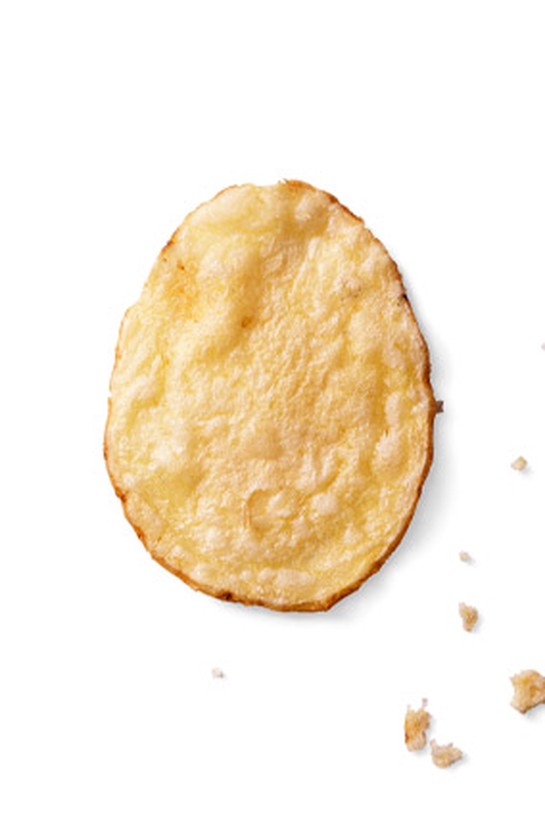10 Rules for Healthy Eating
You know an apple is a healthier snack than a candy bar, but how do you make the big changes and eat real food all the time? Start here with these ten easy and delicious rules.
By Lindsay Funston and Emma Haak
Rule #4: Make Your Own Junk Food
Sure, there are moments when no one can come between you and your potato chips. Which is why banning them isn't the goal—it's making them at home. "Junk food is wonderful," says Michael Pollan, author of Cooked. "But it's become so cheap that we eat it too often. When we used to have to make it ourselves—and a long time ago we did!—there was a built-in check on overconsumption." Take French fries: You peel the potatoes, cut them into matchsticks, fry them in oil, and make a mess in your kitchen while you're at it. If you decide to go the DIY route, says Pollan, "you will not do that more than once a month—I promise you."
Eating more real food doesn't mean avoiding all packaged goods. While anything that comes in a sealed bag or a box is "processed" to some degree (the term simply refers to food that's been changed from its original state), not all packaging automatically indicates a dietary no-no. Here's what to look for.
Buy
Washed greens, sliced vegetables, and roasted nuts: They're minimally processed, simply prepped for convenience. Packaged at their peak (to lock in flavor and nutrition), canned beans and tomatoes and frozen produce are also fine choices. But you don't have to limit yourself to these. The real trick is reading labels: "If you recognize most ingredients as food," says Darya Pino Rose, PhD, author of Foodist, "or what comes from the ground or an animal, you're in good shape."
Skip
Packaged foods with unpronounceable ingredients and processed with added sweeteners, oils, and preservatives to boost flavor and texture or extend shelf life. A few major culprits: chips, crackers, and microwavable meals you find in the freezer aisle. Says Rose: "If it's frozen with a lot of ingredients, you're shopping in the wrong section."
Processed Food 101
Eating more real food doesn't mean avoiding all packaged goods. While anything that comes in a sealed bag or a box is "processed" to some degree (the term simply refers to food that's been changed from its original state), not all packaging automatically indicates a dietary no-no. Here's what to look for.
Buy
Washed greens, sliced vegetables, and roasted nuts: They're minimally processed, simply prepped for convenience. Packaged at their peak (to lock in flavor and nutrition), canned beans and tomatoes and frozen produce are also fine choices. But you don't have to limit yourself to these. The real trick is reading labels: "If you recognize most ingredients as food," says Darya Pino Rose, PhD, author of Foodist, "or what comes from the ground or an animal, you're in good shape."
Skip
Packaged foods with unpronounceable ingredients and processed with added sweeteners, oils, and preservatives to boost flavor and texture or extend shelf life. A few major culprits: chips, crackers, and microwavable meals you find in the freezer aisle. Says Rose: "If it's frozen with a lot of ingredients, you're shopping in the wrong section."
From the January 2014 issue of O, The Oprah Magazine


